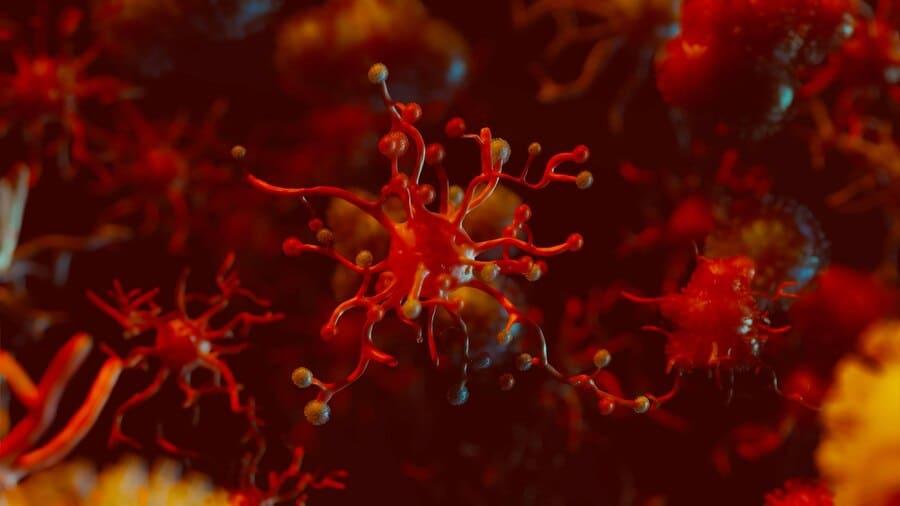KEY TAKEAWAYS
- The study aimed to examine how HLA evolutionary divergence affects outcomes after haploidentical HSCT in patients with ALL.
- Results showed high D/R_HEDclass II is an independent risk factor for severe acute GVHD.
Human leukocyte antigen (HLA) evolutionary divergence (HED) reflects the diversity of the immunopeptidome, which is the collection of peptides presented by HLA molecules on the surface of cells. HED has been linked to the response of tumors to immunotherapy, but its role in allogeneic HSCT for acute lymphoblastic leukemia (ALL) remains unclear.
Xing-Yu Cao and the team aimed to evaluate the clinical significance of class I and II HED in patients with ALL who underwent HSCT from related haploidentical donors.
This retrospective study involved 225 patients with ALL receiving HSCT from related haploidentical donors. HED scores for the recipient, donor, and donor-recipient pair were calculated using Grantham distance, which considers amino acid variations within the HLA peptide-binding groove. Patients were then stratified into high or low HED groups based on the median HED score.
The results showed that class I HED for recipients (R_HEDclass I) was strongly associated with a lower cumulative incidence of relapse (12.2% vs. 25.0%, P= 0.00814), but not with acute graft-versus-host disease (aGVHD). Patients with high class II HED for donor-recipient (D/R_HEDclass II) had a significantly higher cumulative incidence of severe aGVHD compared to those with low D/R_HEDclass II (24.0% vs. 6.1%, P= 0.0027).
Multivariate analysis confirmed that high D/R_HEDclass II was an independent risk factor for severe aGVHD (P= 0.007), while high R_HEDclass I was associated with more than a two-fold reduced risk of relapse (P= 0.028).
However, no significant differences in overall survival (OS) or disease-free survival (DFS) were observed between patients with high and low HED, which was inconsistent with previous findings.
The study suggested that HED may not be a reliable prognostic indicator for OS or DFS in patients with ALL receiving haploidentical HSCT. However, D/R_HEDclass II emerged as a potential independent risk factor for severe aGVHD. This finding, if validated in larger studies, could impact donor selection in clinical practice.
No financial support was received for the research.
Source: https://pubmed.ncbi.nlm.nih.gov/39229273/
Cao XY, Zhou HF, Liu XJ, Li XB. (2024). “Human leukocyte antigen evolutionary divergence as a novel risk factor for donor selection in acute lymphoblastic leukemia patients undergoing haploidentical hematopoietic stem cell transplantation.” Front Immunol. 2024;15:1440911. Published 2024 Aug 19. doi:10.3389/fimmu.2024.1440911



